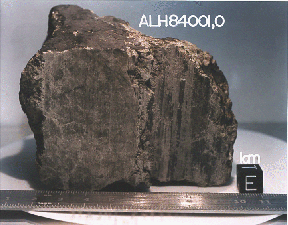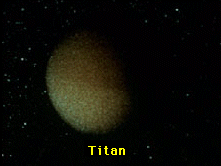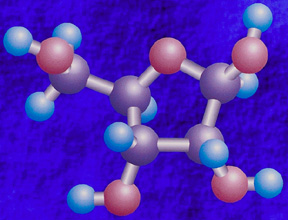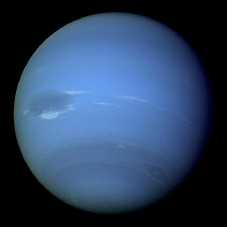This is an image of Neptune.
Click on image for full size
NASA
The Environment of Neptune
Neptune's atmospheric environment is one of strong gravity, high pressure, extremely cold temperatures of 50 K to 120 K (-270 degrees F to -380 degrees F). Moreover there is energy from lightning, ultraviolet light, and charged particles.
Neptune is made of methane, ethane and other sophisticated gases. These materials, combined with the energy from lightning, ultraviolet light, and charged particles, constitute the essential elements of conditions under which scientists believe life began. But life on Earth grew and changed, and now these conditions are no longer suitable for life as we know it.
The interior of Neptune is very hot and liquid-like, but the temperature is as high as 10,000 degrees, and the pressures are as great as three million times the sea-level pressure on earth.
Overall, the environment of Neptune sounds very unfriendly to life as we know it on earth.
You might also be interested in:

The Earth had large oceans very early in its history. During this time the Earth should have been frozen because the sun was weaker than today. Because there was a large ocean, the Earth must have had
...more
Jupiter's atmospheric environment is one of powerful winds, going 250 miles per hour, and temperatures from -270 degrees to +32 degrees (freezing temperature). These winds make it hard for life forms to
...more
In July, 1996 a team of scientists said that they had discovered possible fossils of bacteria in a meteorite named ALH84001 that came from Mars. It was found in Antarctica in 1984 after having landed there
...more
Saturn's atmospheric environment is one of powerful winds, going 250 miles per hour, and temperatures from -270 degrees to +80 degrees. With winds like these, it is hard to have peace and quiet. The region
...more
The air of Titan is a lot like the Earth's, except that it is very cold, from -330 degrees to -290 degrees! Like the Earth, there is a lot of Nitrogen and other complex molecules. There also may be an
...more
Organisms that are able to "make their own food" are called autotrophs, meaning "self-feeders". Some examples of autotrophs are plants and algae (shown in the picture). Both plants and algae use photosynthesis
...more
In the warm early ocean, large molecules came together into a form called *coacervates*. Molecules such as these will form coacervates in the same way that beads of vinegar in oil come together. These
...more















